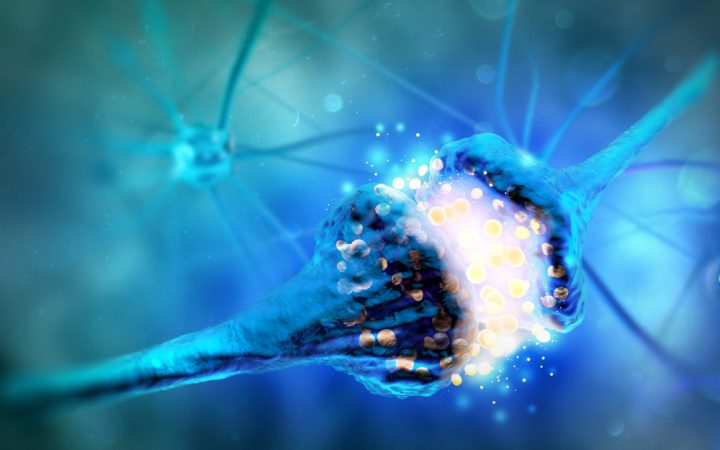Nerve-protecting Cells Hold Potential in Development of ALS Therapies

A specific type of supporting cells called Schwann cells protect against nerve degeneration induced by the blood-clotting protein thrombin, according to new research in mice. Researchers say the findings could have implications for treatment development in amyotrophic lateral sclerosis (ALS), multiple sclerosis, and Alzheimer’s.
The study, “Glial cells maintain synapses by inhibiting an activity-dependent retrograde protease signal,” was published in the journal PLOS Genetics.
The neuromuscular junction (NMJ) is a site of communication among nerves, skeletal muscle and Schwann cells, which form the protective layer of nerve fibers (myelin) in peripheral nerves. As such, the NMJ has provided better understanding of overall synapse formation and maintenance.
However, despite the identification of diverse proteins involved in their formation, the precise molecular signals from Schwann cells that regulate NMJ maintenance remain unknown.
A team at the Salk Institute addressed this by using transgenic mice lacking the erbb3 gene and thereby Schwann cells. The scientists first found that, without Schwann cells, the NMJ starts forming prematurely. Then they observed that the neurotransmitter acetylcholine is likely involved in synapse degeneration, as the lack of its release — or of its receptor — completely blocked the loss of these cell contacts.
When they assessed gene expression data, the researchers found that the levels of two proteins that block a type of enzyme called serine protease were reduced in diaphragm muscle without Schwann cells compared to controls.
As these proteins — serpin C1 and serpin D1 — block the activity of thrombin, the team then collected mouse cervical spinal cord samples to explore the impact of lacking prothrombin — thrombin’s precursor — on synapse formation. The results showed that absence of prothrombin — both overall or specifically in muscles — or of the PAR-1 receptor of thrombin eased nerve cell degeneration.
The data further showed that diaphragm muscle lacking Schwann cells had higher levels of the clotting protein factor X compared to controls. As factor X is implicated in the activation of prothrombin to thrombin, the researchers suggested that Schwann cells may regulate thrombin activation by affecting factor X production.
“We were surprised that Schwann cells maintain developing neuromuscular synapses indirectly by inhibiting negative factors released from active muscle. One of these factors is thrombin, best known for its role in forming blood clots,” Thomas Gould, the study’s first author, said in a press release.
Overall, the results “provide the first genetic evidence that thrombin plays a central role outside the coagulation system,“ the scientists said. Kuo-Fen Lee, the study’s senior author, said the findings “were a complete surprise and raise intriguing questions about how synapses are formed and maintained in both health and disease.”
As the next step, the investigators will explore how thrombin and other enzymes destroy the synapse, “with the eventual goal of creating an intervention for diseases — such as ALS, [multiple sclerosis] and Alzheimer’s — where thrombin accumulation or dysregulation has been implicated,” Lee said.






